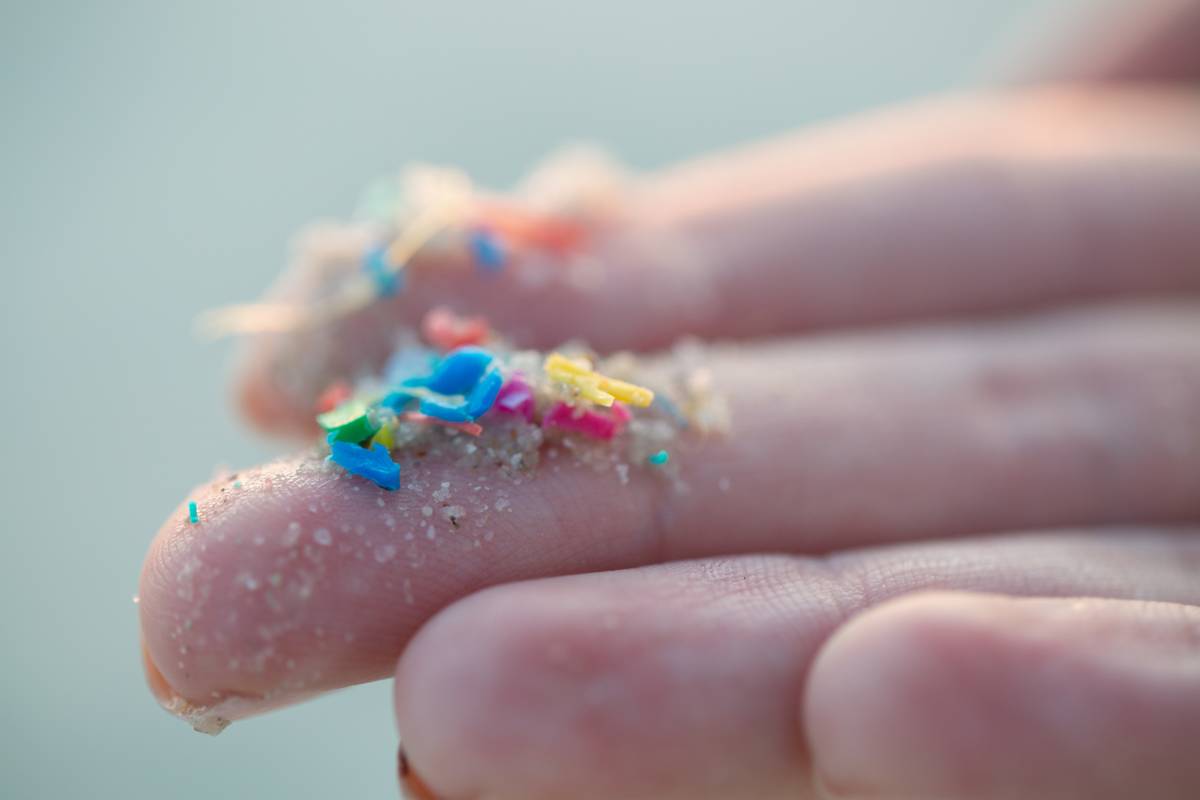Love Chewing Gum? It Could Be Releasing Thousands of Microplastics Into Your Body

“I swallowed gum for many years; I must be a bionic woman by now.” A horror-struck woman, alias u/BlinksyBoo, wrote in a Reddit post after reading a report published by researchers from the University of California, Los Angeles. Ever since the report got out, people across America are spooked out, imagining that they are slowly turning into plasticized polymers. This might sound uncanny, but each time you are chewing on a bubble gum, you might be unknowingly eating thousands of plastic particles, according to a press release by the American Chemical Society (ACS).

Chewing gum, as Reddit users say, is set to become the “Crime of the Future.” Mordon Intelligence estimated that in North America alone, the chewing gum market is estimated to soar to a whopping 4.68 billion in 2025 and around 5.68 billion by 2030. These statistics are alarming after what the researchers found in the abovementioned study.

The intention behind conducting this study was never to promote fearmongering in the masses, as the project’s principal investigator, Sanjay Mohanty, clarified in another press release. The goal, simply, was to make people aware of what they’re putting in their mouths. “Our goal is not to alarm anybody. Scientists don’t know if microplastics are unsafe to us or not. There are no human trials. But we know we are exposed to plastics in everyday life, and that’s what we wanted to examine here.”

Gums, BBC Science Focus explains, have been in use since time immemorial. Ancient people made gums from the sap of the Sapodilla tree, whereas the modern versions are based on a synthetic equivalent, a rubbery material called polyisobutylene that's also used in the manufacture of inner tubes. Most of these gums are infused with petroleum-based plasticizers to make them more chewable.

Mohanty shared with CNN that gum is one of the few things infused with plastic polymers that is used as an ingredient. The plastic in other foods is typically derived from their packaging and not from the food itself. In this experiment, the team tested five brands of commercially available synthetic and natural chewing gum. One person was assigned the task of chewing the gum in the laboratory. Only one person was chosen for the task, so the variabilities in chewing patterns and saliva wouldn’t influence the resulting readings.
Two tests were conducted. In the first test, the person produced saliva samples every 30 seconds, as well as a sample of a final mouth rinse with clean water, all of which were combined into a single sample. He chewed the gum of each brand for about four minutes at a time. In the second test, the person’s saliva samples were collected over several periods of 20 minutes. The goal was to investigate the release rate of microplastic particles from each piece of gum as it came in contact with teeth and saliva. What came as a surprise was that both the synthetic and the natural gums didn’t show much difference when it came to microplastic composition. Each of them seemed to be bustling with an abundance of plastic polymers.

“Our initial hypothesis was that the synthetic gums would have a lot more microplastics because the base is a type of plastic. […] Surprisingly, both synthetic and natural gums had similar amounts of microplastics released when we chewed them,” Lowe shared in the press release. After the results came out, Mohanty urged consumers to think twice before putting a typical gum into their mouths and also before dumping it away recklessly in the landfills. Meanwhile, Reddit users are wondering what happened to the one person who chewed all seven gums. Is he still a human or an electromechanical robot?
More on Green Matters
Scientists Find the Biggest Source of Microplastic Pollution — and It’s Not Straws or Grocery Bags
Researchers Reveal The 5 Common Food Items That Are Now Contaminated With Microplastics
Study Finds Glass Bottles Contain a Surprising Amount of Microplastics